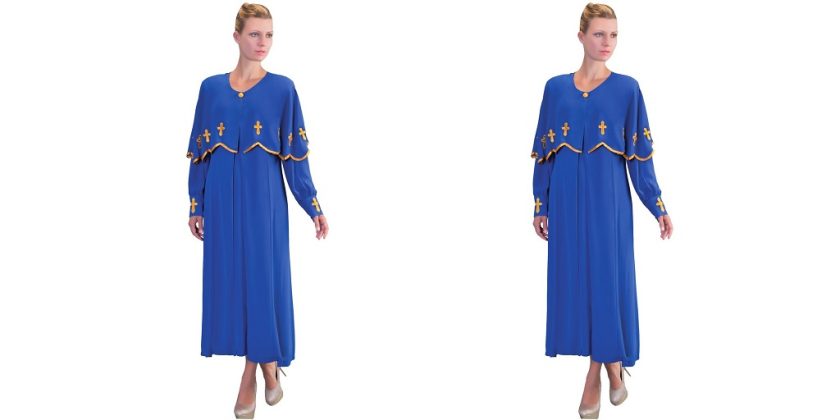Embarking on a journey to become a member of a religious order or joining the clergy involves dedicated training and preparation. Aspiring individuals who are called to serve a higher purpose often wonder about the clothing requirements during their training period.
Let’s look at the attire and garments worn by individuals entering religious orders or the clergy during their training. What are the significance of these clothing choices in their spiritual formation?
Clothing During the Training Phase
During their training, individuals entering religious orders or pursuing a path in the clergy are required to adhere to specific clothing guidelines. These guidelines are designed to promote discipline, unity, and a sense of identity within the religious community.
Novice Habit
One of the primary clothing items worn during the training phase is the novice habit. This habit is a simple and modest garment, typically consisting of a tunic or robe, often in a neutral color such as white, beige, or gray.
The purpose of the novice habit is to foster a sense of equality among the trainees and to emphasize simplicity and detachment from worldly possessions.
Tonsure
Tonsure, the practice of shaving or cutting the hair in a specific pattern, is also commonly observed during the training phase. The specific style of tonsure may vary depending on the religious order or tradition.
Tonsure symbolizes renunciation of worldly vanity and serves as a visible reminder of the commitment to a religious life.
Cassock
The cassock is a long, ankle-length garment that is often worn by individuals in training for religious orders or the clergy. It is typically black in color, though variations may exist depending on the specific tradition or order. The cassock represents humility, simplicity, and obedience.
Religious Symbols and Accessories
During training, individuals may also wear religious symbols and accessories that hold significance within their specific faith tradition. These may include crucifixes, rosaries, scapulars, or medals.
These symbols serve as reminders of the religious teachings, values, and spiritual commitments that individuals aspire to uphold.
The Significance of Training Attire
The clothing or clergy dresses worn during the training phase for religious orders or the clergy carries great significance and symbolism. It serves multiple purposes that contribute to the spiritual formation and preparation of individuals.
Identification and Commitment
The attire worn during training helps to identify individuals who are undergoing religious formation. It signifies their commitment to a particular religious order or path in the clergy. This identification allows fellow trainees, mentors, and the broader religious community to recognize and support them in their journey.
Fostering Discipline and Humility
The prescribed clothing or dresses for clergy in training emphasizes discipline and humility. By wearing simple and modest garments, trainees are reminded to detach themselves from material possessions and focus on spiritual growth. This practice cultivates a mindset of humility and encourages individuals to prioritize their spiritual calling above worldly desires.
Encouraging Unity and Communal Living
The standardized attire worn during training promotes a sense of unity and communal living among trainees. By dressing in the same garments and clergy dresses, individuals are reminded that they are part of a larger community dedicated to a common purpose.
This shared experience fosters bonds of support, collaboration, and mutual understanding among trainees for the clerical order.



![Top 10 Thermal Wear Brands in India [year] Best Thermal Wear Brands in India](https://top10collections.com/wp-content/uploads/2020/11/Best-Thermal-Wear-Brands-in-India.png)
![Top 10 Winter Wear Brands in India [year] Best Winter Wear Brands in India](https://top10collections.com/wp-content/uploads/2020/12/Best-Winter-Wear-Brands-in-India.png)
![10 Best Blazer Brands in India [year]: Wear it off! Best Blazer Brands in India](https://top10collections.com/wp-content/uploads/2020/12/Best-Blazer-Brands-in-India.png)